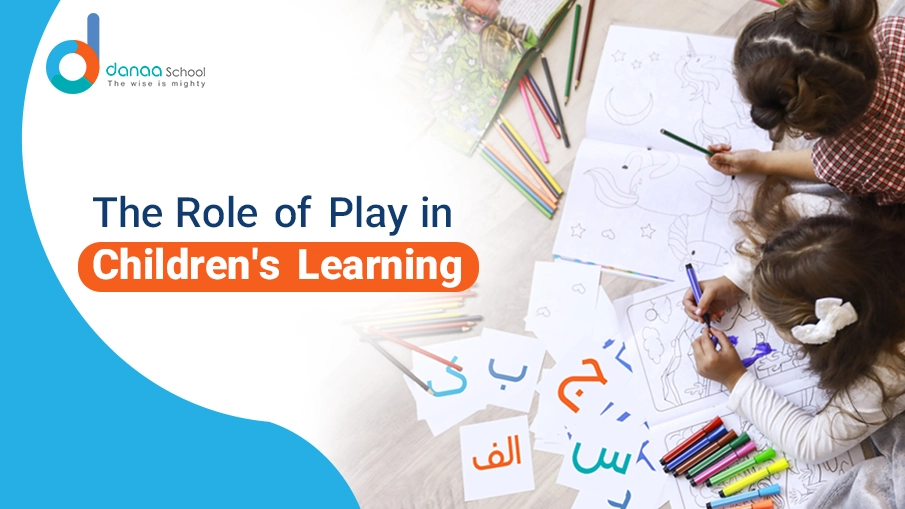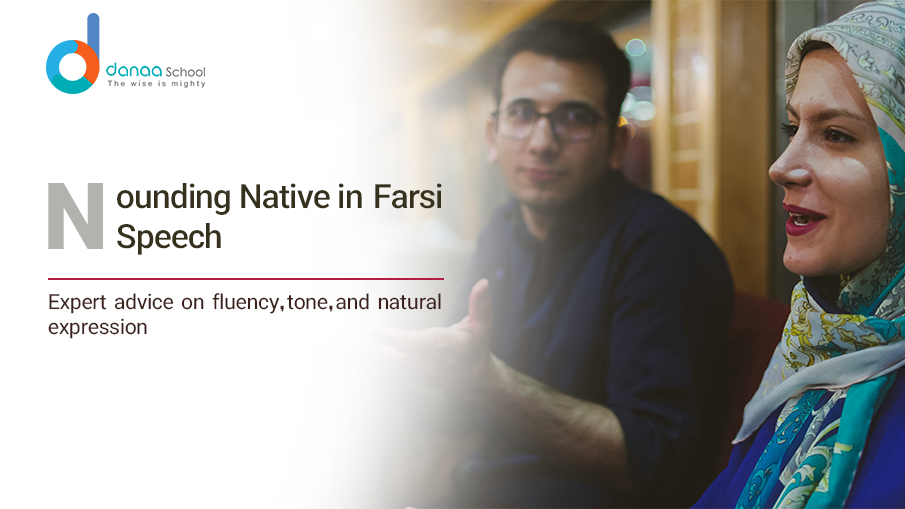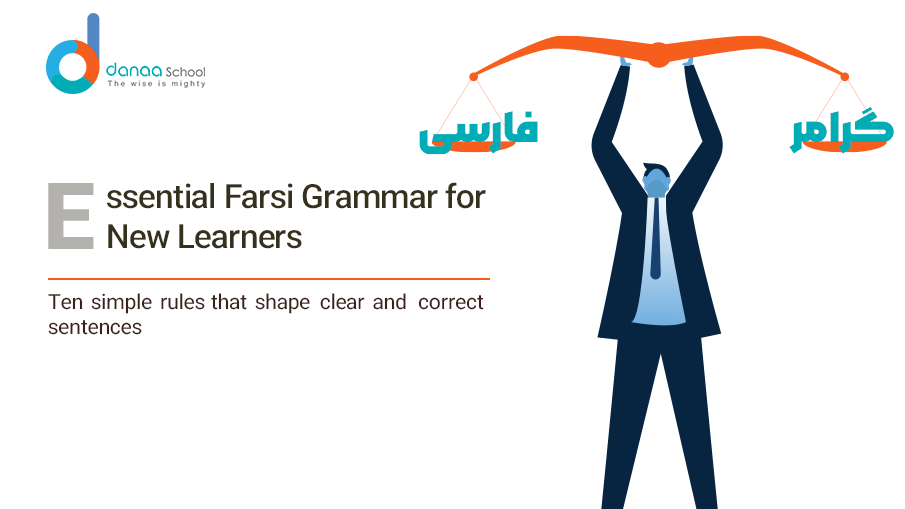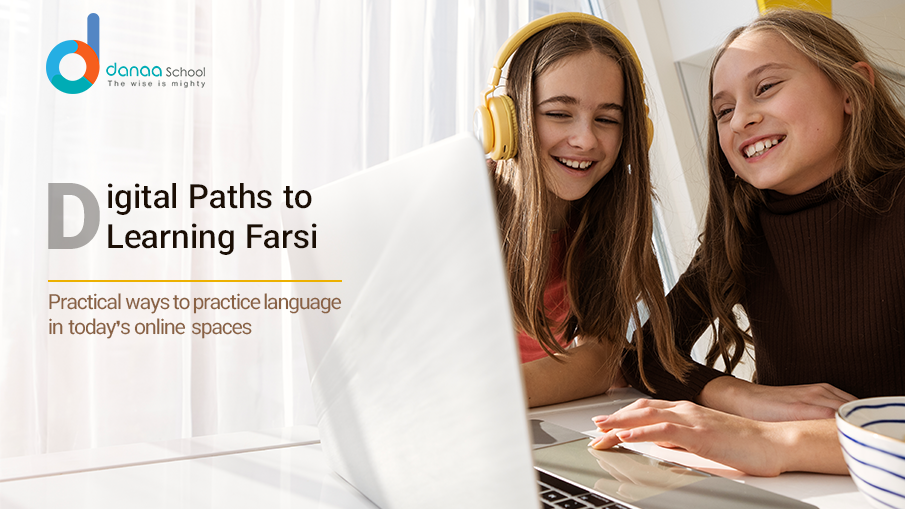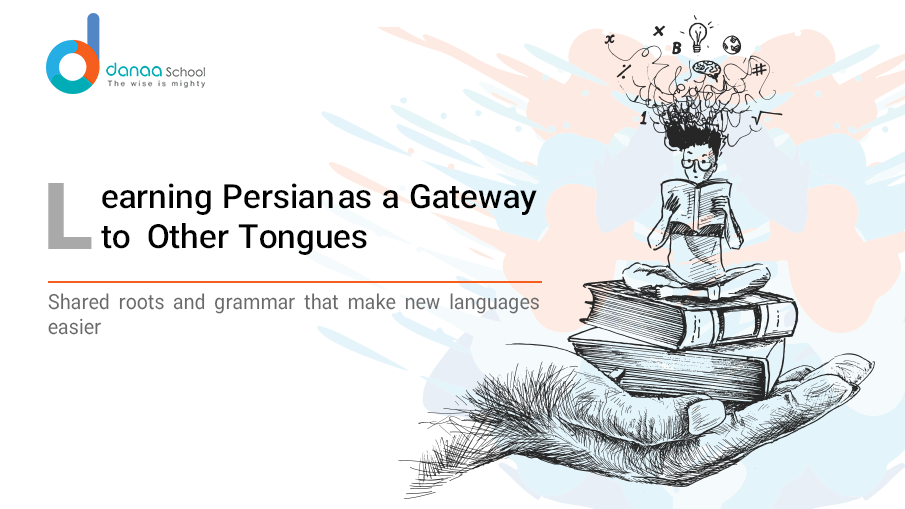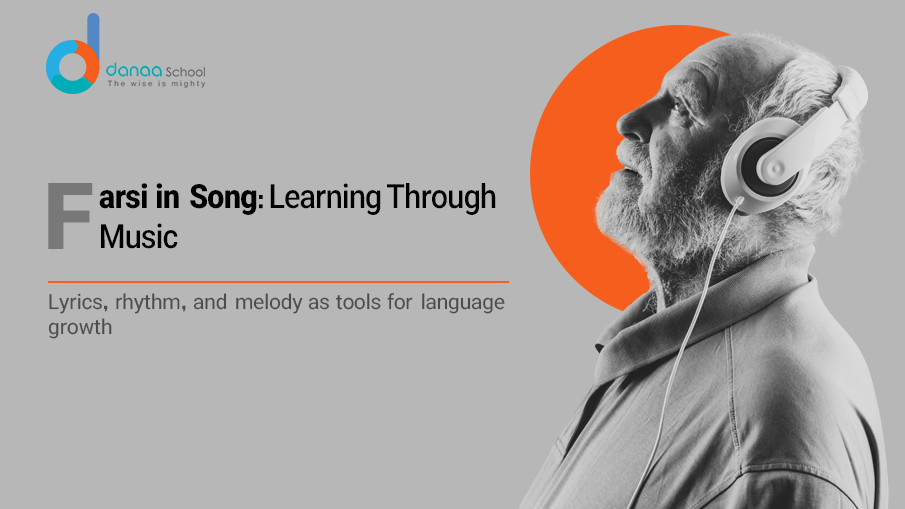Play is not just a fun activity for children—it is a powerful way for them to learn about the world. In today’s fast-paced digital age, understanding the benefits of play is more important than ever.
This blog post explores how play contributes to children’s learning, focusing on cognitive, social, emotional, and physical development. We will answer key play-related questions, provide practical strategies for encouraging it, and explain the role of play in children’s learning.
Let’s dive into the world of play and discover why it is the most important learning method for children.
Introduction to Play and Learning
From the moment they are born, children engage in play. Whether it’s babbling, exploring objects with their hands, or mimicking the actions of their caregivers, play is at the heart of learning. Unlike formal education, play allows children to explore without the pressure of making mistakes. It offers a safe environment where they can experiment, ask questions, and discover answers on their own.
Play is not merely a leisure activity; it is a fundamental part of brain development. When children play, they are developing problem-solving skills, learning how to communicate, and building emotional resilience. In a world where formal education often emphasizes structured lessons, incorporating play-based learning can provide a more balanced approach that caters to the natural curiosity of children.
The Science Behind Play-Based Learning
Research has shown that play-based learning is deeply rooted in how the brain develops. Neuroscientists explain that during play, children form new neural connections. These connections are crucial for memory, understanding cause and effect, and developing the capacity for abstract thinking.
For example, when a child builds a tower with blocks, they are learning about balance, structure, and even basic physics. The brain’s prefrontal cortex, which is responsible for decision-making and planning, becomes more active during these activities. This type of learning is holistic—engaging multiple senses and encouraging both creative and analytical thinking. It is no wonder that experts now stress the importance of play in early childhood education.
Cognitive Benefits of Play
Play is a natural tool for building cognitive skills. It encourages children to think creatively and solve problems in ways that formal learning might not. Here are some of the cognitive benefits of play:
- Improved Concentration: Through play, children learn to focus on a task, whether it’s completing a puzzle or engaging in a role-playing game. This focus helps improve attention spans and builds the foundation for lifelong learning.
- Enhanced Memory: Playing games that require remembering rules or steps, like “Simon Says” or simple board games, strengthens memory skills. Children learn to store and retrieve information more effectively.
- Critical Thinking: Many play activities encourage children to analyze situations, predict outcomes, and experiment with solutions. These skills translate directly into academic success as they learn to approach problems with a critical mind.
- Language Development: Whether they are negotiating roles in a pretend play scenario or telling a story, children improve their vocabulary and communication skills during playtime.
The brain thrives on these experiences because they are self-directed and inherently interesting. Instead of memorizing facts from a textbook, children absorb information through interactive play, making the learning process both effective and enjoyable.
Learn Farsi with Danaa School
Find Your Ideal Teacher
At Danaa School, you can choose your Farsi tutor from a selection of qualified and experienced teachers. Begin an exceptional journey into the world of Persian language!

Social and Emotional Growth Through Play
Play is not only about cognitive development—it also plays a vital role in child development. When children engage in play, they learn how to interact with others, express their feelings, and understand social norms. Here’s how play supports social and emotional growth:
- Building Relationships: Group play encourages children to work together, share toys, and negotiate roles. These interactions help them develop empathy and learn the value of teamwork.
- Emotional Regulation: During play, children often experience a range of emotions—from joy to frustration. Navigating these feelings in a safe environment allows them to develop coping strategies and resilience.
- Conflict Resolution: Disagreements are a natural part of play. Learning to resolve conflicts amicably teaches children important lessons in negotiation and compromise.
- Self-Expression: Children have the chance to express themselves through art, music, or dramatic play. This self-expression is key to building self-confidence and understanding their own emotions.
Children practice life skills that will serve them well into adulthood by engaging in play. They learn not only how to think but also how to feel and relate to others.
Creative and Physical Development via Play
The benefits of play extend to both creative and physical development. Imaginative play, which includes activities like drawing, building, or role-playing, allows children to imagine possibilities and express their inner thoughts innovatively. Here’s how play supports creativity and physical growth:
- Fostering Imagination: Children who engage in pretend play explore different scenarios and ideas. This exploration encourages creativity and helps them see the world from multiple perspectives.
- Developing Fine Motor Skills: Activities like drawing, cutting with scissors, or assembling small objects during play improve hand-eye coordination and fine motor skills, which are essential for everyday tasks and academic activities.
- Encouraging Physical Activity: Outdoor play, sports, and games help develop gross motor skills like running, jumping, and balancing. Physical activity promotes health and improves concentration and academic performance.
- Sensory Learning: Through play, children explore textures, colors, and sounds, which enrich their sensory experiences. This sensory exploration is a key component of early learning and helps them make sense of the world around them.
Combining creative and physical activities in play provides a balanced approach to development. Children learn to harness both their minds and bodies, creating a strong foundation for future learning.
Practical Strategies to Encourage Play in Daily Life
Parents and educators can play a significant role in encouraging play-based learning. Here are some simple, practical strategies to integrate play into everyday life:
- Create a Play-Friendly Environment: Designate a safe, open space where children can freely explore and play. Keep the area stocked with diverse toys, art supplies, and building materials.
- Set Aside Time for Unstructured Play: While structured activities have their place, unstructured play allows children to follow their own interests. Avoid over-scheduling to give children the freedom to explore.
- Join In: Sometimes, the best way to encourage play is to participate in it. Join your child in a game or creative project. This strengthens your bond and models the joy of learning through play.
- Use Everyday Moments as Learning Opportunities: Turn daily routines into playful learning experiences. For example, use grocery shopping to count items or learn about colors and shapes.
- Encourage Outdoor Play: Natural settings offer endless opportunities for exploration and discovery. Whether it’s a park visit or a backyard adventure, the outdoors is a perfect playground.
- Limit Screen Time: Encourage hands-on activities over passive screen time. This will help your child fully engage with their surroundings and develop real-world skills.
Implementing these strategies can make a huge difference in a child’s development. By creating a nurturing environment for play, we can help children build the skills they need for future academic and personal success.
The Role of Play in Children’s Learning and Modern Education
Modern education is evolving, and many schools are starting to recognize the importance of play-based learning. Educators can create more engaging and effective learning experiences by integrating playful methods into the classroom. Here’s how this integration can work:
- Blended Learning Approaches: Combining traditional teaching methods with play-based activities can create a balanced curriculum. This approach caters to different learning styles and keeps students engaged.
- Project-Based Learning: Allowing children to work on projects that involve play encourages creative problem-solving and critical thinking. These projects can be aligned with academic goals while still keeping the learning process fun.
- Flexible Classrooms: Modern classrooms are increasingly designed to be flexible spaces where students can move around and interact. This flexibility supports both group work and individual exploration.
- Teacher Training: Educators must be equipped with the knowledge and skills to incorporate play into their teaching. Ongoing professional development in play-based learning methods is essential.
- Parental Involvement: Encouraging parents to understand the value of play and support it at home can create a seamless learning environment. Workshops and community programs can help bridge the gap between home and school.
When educational institutions adopt these practices, they create a compelling and enjoyable learning environment. When play is a central education component, children tend to retain information and develop a lifelong love of learning.
FAQs
Why is play considered essential for children’s learning?
Play helps develop cognitive, social, emotional, and physical skills, creating a balanced approach to early education.
How does play improve cognitive abilities?
Play boosts memory, concentration, critical thinking, and problem-solving skills through engaging, hands-on activities.
In what ways does play support social and emotional growth?
Through play, children learn empathy, teamwork, conflict resolution, and self-expression, which are vital for emotional well-being.
Can play help in developing physical skills?
Yes, play improves both fine and gross motor skills, encouraging physical activity and healthy development.
How can parents encourage more play in daily life?
Creating a safe play space, scheduling unstructured playtime, and participating in activities with children can all encourage play.
Is play-based learning effective in modern classrooms?
Absolutely. Integrating play with structured learning can increase engagement and improve academic outcomes.
How does Danaa School incorporate innovative learning methods?
Danaa School offers diverse programs, including language courses like Farsi, designed to promote creativity, cultural understanding, and interactive learning.
Conclusion
Play is much more than a way for children to pass the time—it is a critical tool for learning and a cornerstone of child development. Children develop essential cognitive, social, emotional, and physical skills through play. Whether through unstructured free play or structured educational games, play offers a unique approach to learning that supports all areas of development.
Recognizing the importance of play in child development, parents, educators, and policymakers must work together to ensure that play remains an integral part of early childhood education. By doing so, we are nurturing well-rounded individuals and setting the stage for a future where learning is synonymous with joy and discovery. Sign up now.
Want to Learn Farsi at Danaa School?
Here are the best resources for you!



